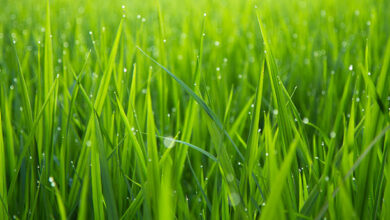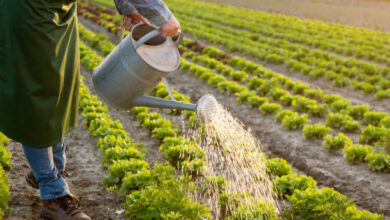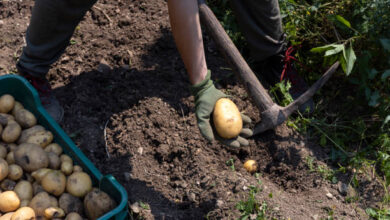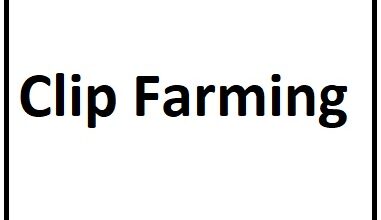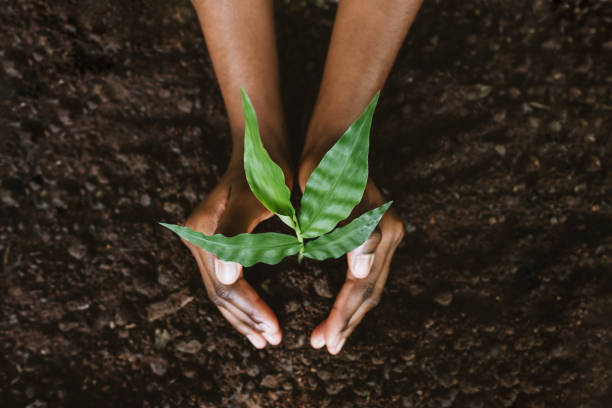
What to Plant in July
July is a fantastic month for gardeners. The warmth of summer is in full swing, making it an excellent time to plant a variety of vegetables, flowers, and herbs. Whether you’re a seasoned gardener or a beginner, knowing what to plant in July can help you maximize your garden’s potential. In this guide, we’ll explore the best plants for July and provide essential tips for a successful summer garden.
What to Plant in July for a Thriving Garden
Best Vegetables to Plant in July
- Leafy Greens: Lettuce, Spinach, and Kale
Leafy greens like lettuce, spinach, and kale are excellent choices for July planting. These greens grow quickly and can be harvested multiple times throughout the season. To ensure continuous growth, plant seeds every two weeks.
- Root Vegetables: Carrots, Beets, and Radishes
Root vegetables such as carrots, beets, and radishes thrive in the warm soil of July. These veggies are easy to grow and can be sown directly into the ground. Be sure to keep the soil consistently moist to promote healthy root development.
- Summer Squash Varieties: Zucchini and Yellow Squash
Summer squash, including zucchini and yellow squash, are prolific producers. Plant them in well-drained soil and provide ample space for the vines to spread. Regular harvesting will encourage more fruit production.
Ideal Flowers to Plant in July
- Heat-Tolerant Annuals: Marigolds, Zinnias, and Petunias
Annuals like marigolds, zinnias, and petunias are perfect for July planting. These flowers can withstand high temperatures and add vibrant color to your garden. Deadheading spent blooms will keep the plants looking their best.
- Perennials for Summer Color: Daylilies, Echinacea, and Coreopsis
Daylilies, echinacea, and coreopsis are hardy perennials that bloom beautifully in July. These plants are low maintenance and attract pollinators, making them a great addition to any garden.
- Pollinator-Friendly Flowers: Sunflowers, Cosmos, and Lantanas
Pollinator-friendly flowers like sunflowers, cosmos, and lantanas not only beautify your garden but also support local ecosystems. Plant these in sunny spots to provide food for bees, butterflies, and other pollinators.
Herbs to Plant in July for Fresh Flavors
- Basil: Tips for Growing and Harvesting
Basil is a summer staple that thrives in July’s warmth. Plant basil in well-drained soil and provide plenty of sunlight. Regularly pinch back the leaves to encourage bushy growth and prevent flowering.
- Cilantro: Best Practices for Success
Cilantro can be a bit tricky in hot weather, but with proper care, it can flourish. Plant cilantro in a partially shaded area and keep the soil consistently moist to prevent bolting.
- Mint: How to Control and Utilize
Mint is a vigorous grower that can quickly take over your garden. Plant mint in a container to keep it contained and enjoy fresh leaves in your drinks and dishes all summer long.
Regional Considerations for What to Plant in July
Best Plants for Southern Regions
- Heat-Resistant Vegetables: Okra, Sweet Potatoes, and Peppers
In the southern regions, heat-resistant vegetables like okra, sweet potatoes, and peppers are ideal for July planting. These crops thrive in high temperatures and provide bountiful harvests.
- Drought-Tolerant Flowers: Blanket Flower, Russian Sage, and Black-Eyed Susan
Drought-tolerant flowers such as blanket flower, Russian sage, and black-eyed Susan are perfect for hot, dry climates. These flowers require minimal watering once established and add bright colors to your garden.
What to Plant in July in Northern Regions
- Cool-Weather Vegetables: Broccoli, Cauliflower, and Brussels Sprouts
In northern regions, cool-weather vegetables like broccoli, cauliflower, and Brussels sprouts can be planted in July for a fall harvest. These plants prefer cooler temperatures and will mature as the weather cools down.
- Perennials for Late Summer Blooms: Sedum, Aster, and Joe Pye Weed
Perennials such as sedum, aster, and Joe Pye weed provide late summer blooms in northern gardens. These plants are hardy and can withstand the cooler nights that come towards the end of the season.
Planting in Coastal Areas
- Salt-Tolerant Plants: Sea Lavender, Beach Grass, and Coastal Rosemary
Coastal areas present unique gardening challenges, but salt-tolerant plants like sea lavender, beach grass, and coastal rosemary can thrive in these conditions. These plants are adapted to sandy soils and saline environments.
- Managing Sandy Soil: Tips and Tricks
For coastal gardeners, managing sandy soil is crucial. Amend the soil with organic matter to improve water retention and nutrient availability. Mulching can also help conserve moisture and reduce evaporation.
Essential Tips for Successful July Planting
Soil Preparation and Maintenance
- Amending Soil: Composting and Mulching Techniques
Proper soil preparation is key to a successful garden. Incorporate compost to enrich the soil and mulch to retain moisture and suppress weeds.
- Watering Strategies: Deep Watering and Drip Irrigation
Consistent watering is essential, especially in the heat of July. Deep watering encourages deep root growth, while drip irrigation provides a steady supply of water directly to the plants’ roots.
Pest and Disease Management in July
- Common Pests and How to Control Them: Aphids, Beetles, and Caterpillars
Monitor your garden regularly for common pests like aphids, beetles, and caterpillars. Use organic pest control methods such as neem oil or insecticidal soap to keep pests at bay.
- Disease Prevention: Identifying and Treating Common Plant Diseases
Prevent plant diseases by providing adequate spacing for airflow, watering at the base of the plants, and removing any diseased foliage promptly. Regularly inspect plants for signs of disease and take action immediately.
YOU MAY LOVE TO READ
What Are the 7 Parts of a Plant and Their Functions?
Simple Farm Tools Every Farmer Needs
Maximizing Plant Growth and Health
- Fertilizing Tips: Organic vs. Synthetic Fertilizers
Fertilize your garden with balanced nutrients to promote healthy growth. Organic fertilizers improve soil health over time, while synthetic fertilizers provide immediate nutrient availability.
- Pruning and Deadheading: Encouraging New Growth
Pruning and deadheading are essential practices for maintaining plant health and encouraging new growth. Regularly remove spent flowers and trim back overgrown branches to keep plants vigorous.
Frequently Asked Questions
What vegetables can I plant in July for a fall harvest?
Vegetables like broccoli, cauliflower, and Brussels sprouts can be planted in July for a bountiful fall harvest.
Is July too late to plant flowers?
No, many heat-tolerant annuals and perennials can be planted in July and will thrive through the summer.
How do I protect my plants from the heat in July?
Protect plants from heat by mulching to retain soil moisture, providing shade during the hottest part of the day, and ensuring adequate watering.
Can I start seeds in July?
Yes, many fast-growing vegetables and flowers can be started from seeds in July for a late summer or fall harvest.
What herbs grow well in hot weather?
Herbs like basil, cilantro, and mint grow well in hot weather and can be planted in July.
Conclusion
Planting in July offers a fantastic opportunity to enhance your garden with a variety of vegetables, flowers, and herbs. By following the tips and recommendations in this guide, you can enjoy a thriving garden all summer long.
Subscribe to our newsletter for more gardening tips and inspiration. Share your July planting experiences in the comments section below and follow us on social media for daily gardening updates and ideas!

